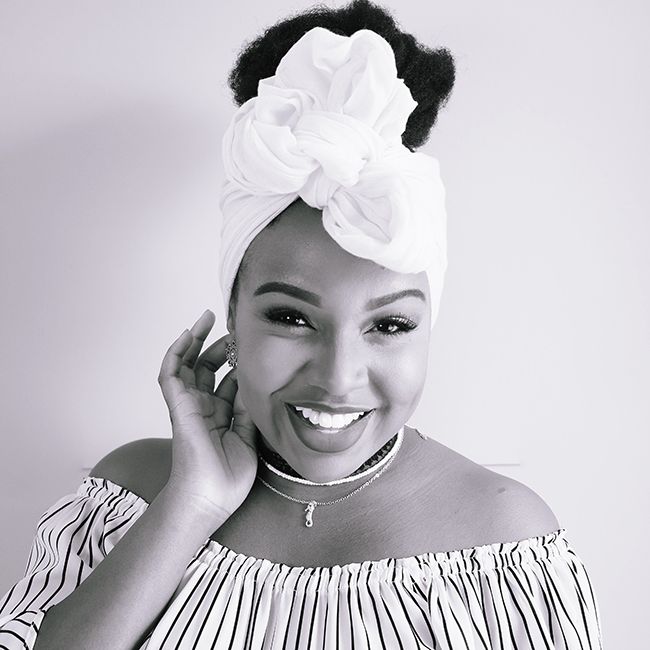One of the things I struggled with most when I moved from Kenya to the United States was race. I was not used to being a racial minority in my home country and neither was I accustomed to race being my primary form of identification.
A lot was new to me.
Like driving on the right side of the road rather than on the left, or saying football but having to correct myself and say soccer. I stood out – my accent was different, my hair was different, my outlook was different. And so standing out in a crowd, all the time, was a feeling I had to get used to.
But the more I began to settle into my new identity, the more I realized the agency I had to shift perceptions and add complexity and depth to the single story often told about African women. I became more aware of the power of self-presentation in sparking conversations around stereotypes. And by self-presentation, I mean the very way in which one chooses to live their life in the presence of external spectators. For me, self-presentation meant an awareness of how I spoke, how I presented my ideas, my style of writing, my choice of attire, and most powerfully my choice of hairstyle.
Hair in the United States is political. It is a strong indication of racial heritage. And when being black is considered dangerous, being the blackest of them all is no travesty. Kinky coils with no curl pattern are indicative of deep black roots and so I began to see my crown as an opportunity to explore my blackness.
And explore I did.
I started Craving Yellow to share my natural hair journey, including products and techniques to achieve long hair, and I also have a section where I critically analyzed what it means to have a black body in a white space. I visited predominantly white spaces dressed in black culture – loud earrings, dominant patterns, boisterous curves, voluminous afro, infectious presence and looked at how these spaces embraced my difference. In other words, I said, let me make myself really stand out and then see how these spaces take me in.
My body, and more importantly my hair, had become art – a way of sparking conversation around physicality and racial politics in America as an African woman.
What I realized is the very act of boldly and proudly embracing my difference was groundbreaking. The very act of having a black body in a white space was revolutionary. The very act of documenting this experience and validating it was redemptive of our misrepresentation in media. And the very act of sharing my photographs widely was momentous. My body, and more importantly my hair, had become art – a way of sparking conversation around physicality and racial politics in America as an African woman.
And so, every day in which we share our hair journeys, embrace our melanin, and tell new stories about ourselves, we are becoming art. We are winning.

